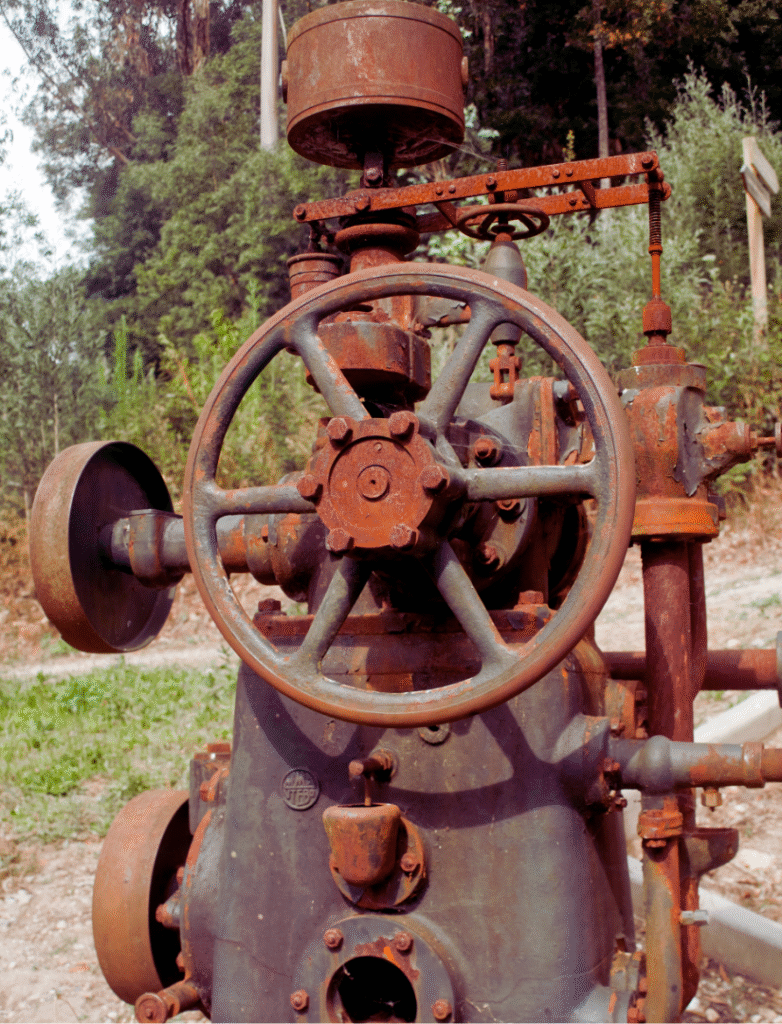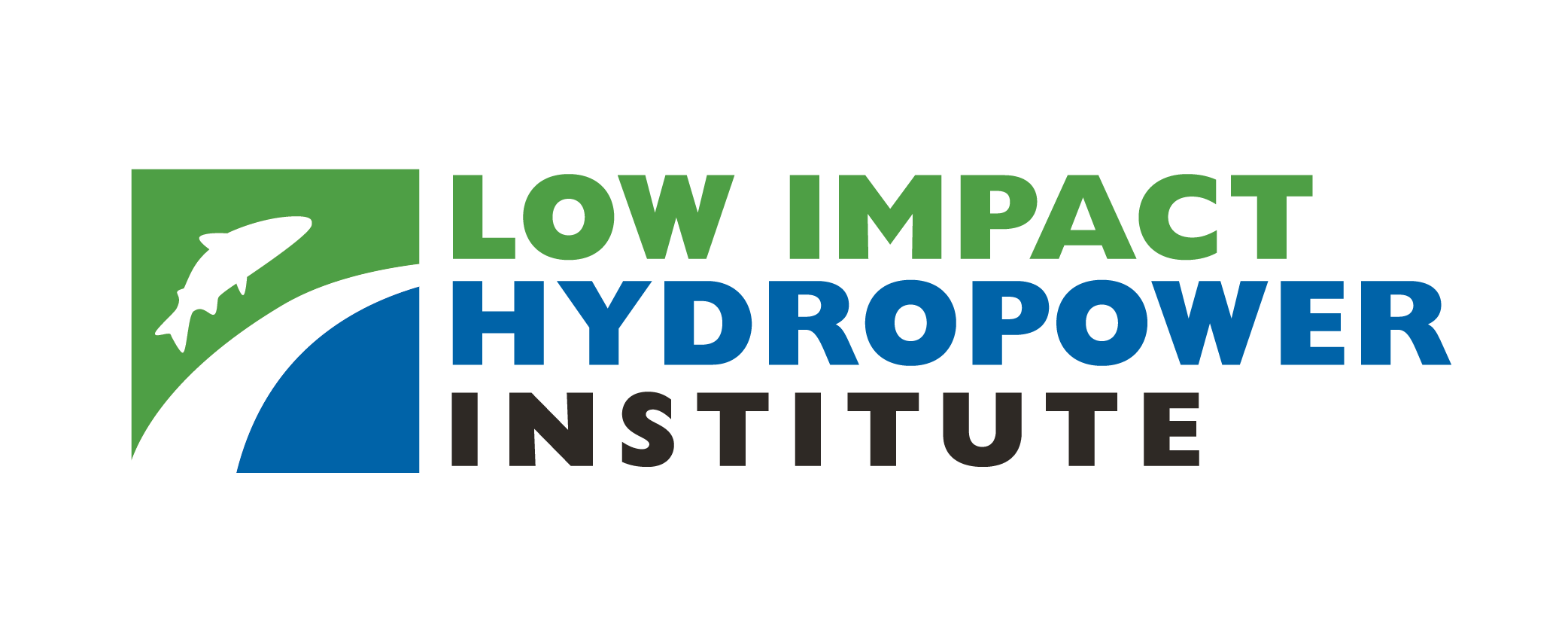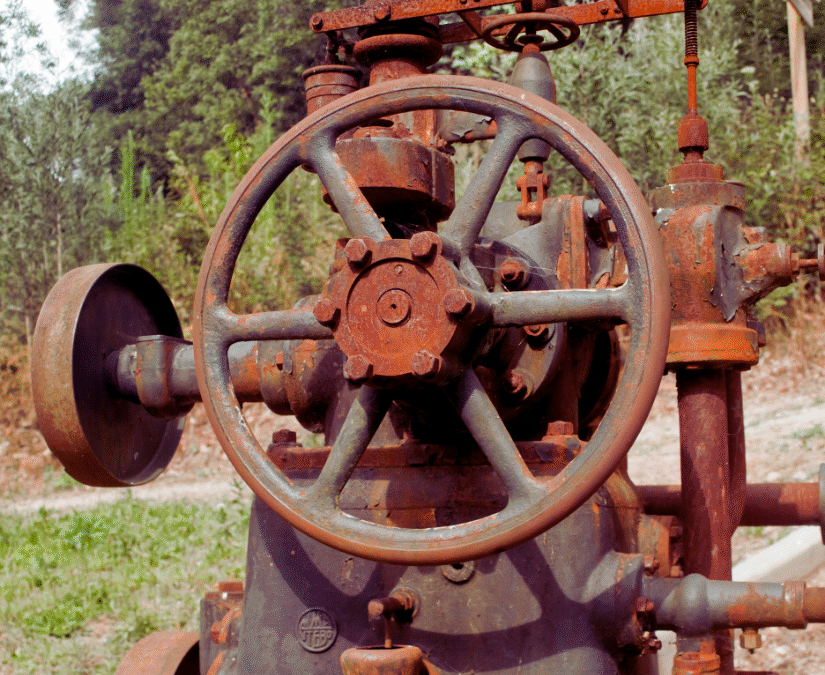Final Decision – Recertification of the Tallassee Shoals Project, LIHI #12, GA
May 30, 2025Preliminary Decision – Mid-Term Recertification of the Bear River Project, LIHI #53
June 23, 2025The Future of Hydropower Relies on Innovation

Hydropower has been a reliable energy source in the U.S. for over 100 years. Amidst the demand for more energy and the escalating threat of climate change, aging infrastructure inefficiencies can be improved by leveraging technological breakthroughs that prioritize environmental and community needs and relationships.
Some within the hydropower community believe there are limited opportunities for radical designs and concepts. Others remain unconvinced that new approaches are worth the investment. However, recent trends suggest that facilities that are slow to adopt innovative practices will likely struggle to stay competitive as the industry evolves.
Facilities that choose to operate at the intersection of performance, community, and environmental needs can increase the lifetime value of equipment, reduce ecological impacts, improve operational flexibility, and reduce maintenance and operational costs.
At the Low Impact Hydropower Institute (LIHI), we define innovation as new ideas, technologies, or unique, high-performing, site-specific techniques. Since 1999, we’ve certified hundreds of hydropower facilities, gaining valuable insights into emerging technologies, systems, and operational practices that are reforming the industry and rewriting the narrative of what is possible.
This article examines innovation in action, using LIHI Certified® projects as examples of positive disruption and change.
Innovation is Critical to the Future of Hydropower
The hydropower sector has inherited challenges that can complicate innovative pursuits but also present the ideal starting point for modernization.
Averaging more than 60 years old, with many exceeding 100 years, hydropower plants are nearing the end of their lifespan and operating with outdated machinery, technology, and equipment that risk costly repairs and downtime. Supply chain issues are a common barrier to improvement. Materials are often shipped from international manufacturers, resulting in delays and supply shortages that affect project timelines and increase costs. Others require customized maintenance and parts that can be expensive and difficult to procure.
Furthermore, the growing severity of climate change and the evolving public consciousness regarding environmental and cultural impacts on community groups have become an integral point of discussion and consideration. In turn, plants must meet higher performance standards, comply with government regulations, and garner public approval. This reality leaves the hydropower fleet vulnerable to more frequent system failures and interruptions, as well as increased accidents, safety threats, budget constraints, compliance issues, and inadequate climate preparedness.
Trends and Technologies to Watch
Hydropower innovation is happening now. As the environmental crisis and shifting water patterns exacerbate inherent challenges, these technological advancements and adaptive solutions are supporting long-term sustainability.
Smarter Turbines, Safer Rivers
Hydropower plants have varying technological gaps, but innovation for many projects often begins with improving mechanical systems, such as turbines.
Two standout technologies are the Archimedes screw turbines (AST) and Restoration Hydro turbines (RHTs). These solutions ensure safe downstream fish passage with a low likelihood of injury or death.
Archimedes screw turbines provide a fish-friendly, low-velocity solution that is ideal for small-scale, low-head sites. The Hanover Pond Dam Project in Meriden, Connecticut (LIHI #165) is the first in the US to utilize the Archimedes Screw Turbine for electricity generation, producing a 100% survival rate for migrating fish, including alewife, American shad, and American eel.
Restoration Hydro turbines integrate traditional turbines with an advanced runner blade design that eliminates the need for costly screens. An excellent illustration of this technology is the Freedom Falls Project in Maine (LIHI #178). This small project has outperformed other turbines, resulting in an estimated 100% 48-hour survival with an injury rate of less than 3% for juvenile alewives.
These innovations enhance power generation while reducing water usage, benefiting both plants and ecosystems.
Operational Innovation Gives Way to Adaptability
Hydropower facilities that can adjust to changing conditions in real time are better equipped to deliver consistent energy production, ensure system reliability, and protect aquatic ecosystems. One example is the Burnshire Hydroelectric Project in Virginia (LIHI #152).
The run-of-river facility uses three turbines that are over 100 years old. When paired with permanent magnet generators (PMG) and regenerative inverters, the turbines turn on and off as needed, efficiently managing energy production even as river conditions and flows change. The system utilizes sensors to monitor river levels, ensuring steady energy production and reducing the need for additional equipment, such as fine screens or spill gates.
Fish Passage Solutions
Innovative fish passages, such as nature-like fishways, mimic natural river channels. These structures help maintain river connectivity, supporting safe navigation for aquatic species.
The Oswegatchie River Project in New York (LIHI #161) is a strong example of this approach in action. After installing its nature-like fishway at the Eel Weir development, the project saw immediate success—within just five days, more than 2,000 fish from 14 species safely passed through.
These systems require minimal maintenance and blend seamlessly into the project infrastructure and the surrounding ecosystem.
Digitalization May be the Next Big Thing
Digitalization and automation optimize systems for improved safety and flexibility, reducing the need for onsite oversight.
From centralized data analytics and AI dam designers to smart monitoring, learning, control systems, and dam condition tracking by satellite radar, digitalization (software, hardware, and systems) is helping operators identify problems and implement solutions early on, cutting machine downtime and streamlining processes, resulting in increased plant safety, compliance, and agility.
One study found that implementing advanced analytics and continuous monitoring for predictive maintenance reduced the need for onsite inspections, with most plants experiencing a 90% decrease in corrective maintenance costs and an 80% increase in labor productivity.
Digitalization also supports adaptive management—a flexible, data-driven approach—enabling hydropower facilities to continuously monitor and adjust to changes in river flows, environmental conditions, and energy demand. This approach is essential, as climate change introduces more variability in water availability and hydrologic patterns.
For example, the Island Park Project (LIHI #2) implements adaptive management to improve water quality and support fishery habitats. The project features an aeration basin that oxygenates water as it flows over the dam, adjusting discharges to maintain optimal temperatures for downstream fish populations. Water is also stored at higher levels in the fall and early winter to allow carefully timed releases during late winter, supporting critical fish life cycles.
Despite the potential barriers to adopting modern digital technologies, including data security, startup costs, system integration, and resistance from team members, these innovations are worth the investment.
Proactive Partnership and Engagement Bridges Community Gaps
The success of a hydropower project hinges on strong community relationships. Many communities have a love-hate relationship with hydropower. On the one hand, hydropower is often the primary source of energy for those living in rural areas. On the other hand, project development and operations can have an adverse impact on residents. Community investments are an ideal way to educate residents, encourage engagement, and give back.
When hydropower projects take a collaborative approach, working closely with civil societies and soliciting local input, communities feel invested in the process. In the study, “Factors influencing public perceptions of hydropower projects: A systematic literature review,” researchers found that public opinion was the key factor in predicting the success of energy technological developments, with environmental, ecological, and socio-economic impacts, as well as public participation, acting as the primary determinants.
The Mother Ann Lee Project (LIHI #24) is an excellent model for community stewardship. The project provides educational opportunities through plant tours and presentations that highlight the facility’s cultural, historical, and STEM-related aspects. The project also donated an old runner to the Jessamine County Parks and Recreation Department for display and public education.
Unlike wind or solar, hydropower development is unique to its environment and community. Inclusive planning processes that engage local stakeholders to address concerns and share benefits help build trust, promote transparency, and foster public support and collaboration, thereby enhancing a project’s long-term viability and giving the industry a competitive edge in the renewable energy race.
Recreation Activities Stimulate Economic Growth and Encourage Local Engagement
Reservoirs, rivers, and surrounding lands managed by hydropower facilities are often ideal for recreational activities. These activities attract visitors, stimulate tourism, and boost local economies by supporting businesses such as outfitters, restaurants, and lodging facilities. Access to well-maintained recreational areas can also increase property values and enhance the overall quality of life for residents.
The Holtwood Project in southeast Pennsylvania (LIHI #116) offers boating, fishing, camping, and picnicking, creating a destination for outdoor enthusiasts. As part of its federal licensing for a new powerhouse, the project owner worked closely with the whitewater boating community to develop the Holtwood Playpark—one of only two in the US associated with a hydropower project.
Promoting recreation strengthens community connections and encourages partnerships among facility operators, local governments, and recreation groups, ensuring that spaces are accessible, safe, and environmentally sustainable.
Embracing Innovation for a Sustainable Future
Renewable energy is undergoing a global transition, where conventional models are no longer sufficient to meet the demands of a rapidly changing world. An entirely innovative industry won’t happen overnight, but the techniques, processes, and exploration detailed here are investments that can have high returns over the next 100 years.
As the hydropower industry adopts these modernizations, plant owners who integrate these and similar advancements can raise the bar for environmental stewardship, ensuring efficient energy production and contributing to a greener future.
Check out the “Innovative Approaches in Hydropower Case Study” for more insight into how LIHI certified facilities are revolutionizing the industry.




